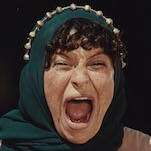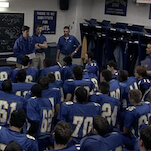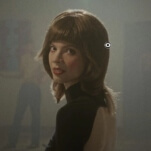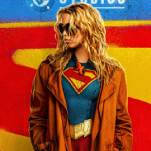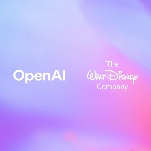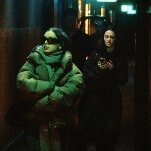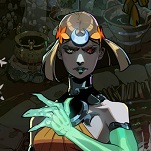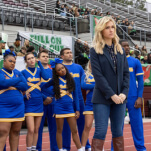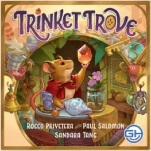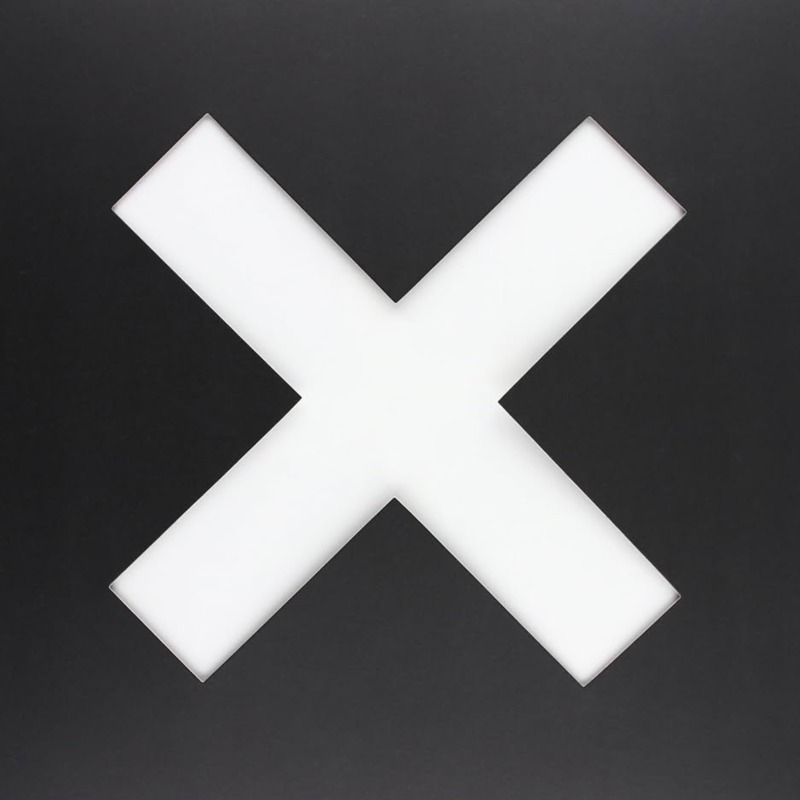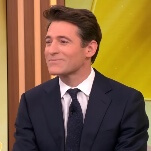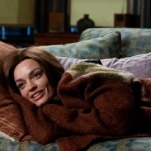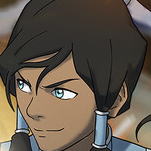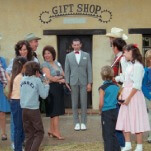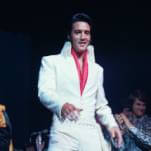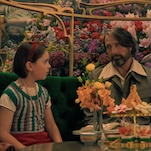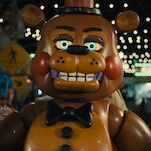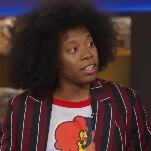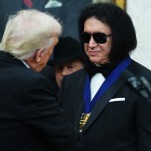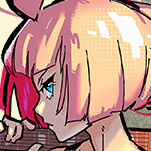The Second Best Hospital In The Galaxy review: A Futurama for go-getters
Keke Palmer and Stephanie Hsu lead an animated series that's as ambitious as its protagonists, but not all the laughs are landing
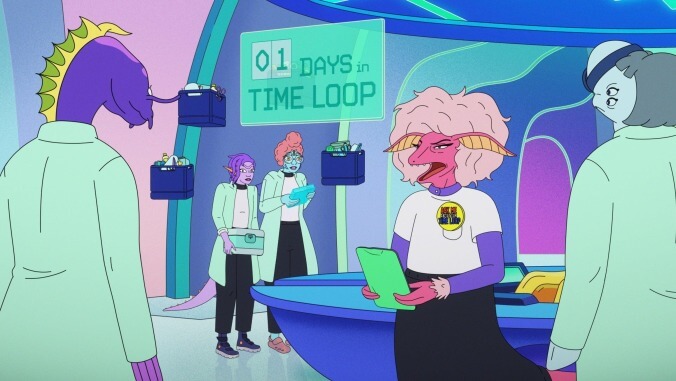
Alright, we see what’s going on here. Prime Video’s new series, The Second Best Hospital In The Galaxy, a brainchild of Russian Doll writer Cirocco Dunlap, is marketed to millennials—femme and queer ones. A Lisa Frank color palette? Two baddies slicing and stitching up patients to save lives, all while wearing their attachment issues on the sleeves of their white lab coats? Of course, it is. If there’s a comparison to be made to another animated comedy set in space, it’s Futurama. TSBHITG, premiering on February 23, doesn’t feature two slacker boys bonded by their love of not doing much. What we get are two highly ambitious doctors whose dedication to their patients, and commitment to finding novel treatments for them, sets the stage for all sorts of adventures.
The big thrill comes when Drs. Klak (Keke Palmer) and Sleech (Stephanie Hsu) remove a parasite from their patient Glurg’s brain, The parasite had been feasting on her cortisol, the main hormone associated with stress. The two seek to study it—illegally and potentially at the expense of their medical licenses—because if they report the discovery, they risk losing out on a chance at a grant and the opportunity to do the research themselves. So they hide the little guy, care for him, and try to figure out how they can use him for good. You see, the whole cortisol-eating thing means that this little worm essentially eats, and cures, anxiety. This is personal for Dr. Klak, a highly anxious person whose habits and neuroses inspired decades of books and brain studies written and conducted by her own mother. Yikes.
While Klak is anxious, hyper-intellectual, lacks confidence, and is prone to “Klaktastrophizing” (her mother’s words), Sleech is the avoidant attachment style made manifest. She won’t even tell her best friend the name of her home planet. Klak perseverates on crushes, overthinks them, and struggles to behave naturally in their presence. Terrified of intimacy, Sleech struggles to bond appropriately with the people she dates. But she unquestionably, undyingly loves Klak. She thinks of Klak when she has trouble relating to a patient’s relationship to “home.” This love for her, a side quest for grant money to make theirs the first best hospital in the galaxy, and Sleech’s megalomaniacal drive to be the best surgeon, are the reasons she gets mixed up in this whole anxiety-worm thing. This show is a real celebration of deep, platonic relationships.
TSBHITG is also visually stunning. The vivid hues—heavy on neon purples, lime greens, and fluorescent blues—give it a signature aesthetic. The designs of the alien creatures incorporate elements from animals, humans, birds, and deep sea critters, providing some playful variety. The animated format succeeds in bringing a show like this to life, too, in that it allows for what would otherwise be these characters’ internal experiences to play out before our eyes. Klak’s to-do lists pop up as colorful blobs that emerge in front of her face when she’s thinking. We see the little checklists she’s using in real time as she tries to connect with a romantic interest, and we’re sad for her when they interfere with Klak’s ability to be present and actively listen.



